Most food writers like to gush that late summer is tomato season, which is true, but also… how many times do we have to hear it? I resist! It’s like - enough already. Do we all have to jump on the tomato train every year like we’ve never seen it before?? I swear - it’s getting as annoying as gender reveals. But, that being said… late summer IS tomato season, and as such I’ve been making a ton of tomato stuff. Ugh, such a cliche. I’ve failed us all. Here are some things I’ve been cooking lately, both with and without tomatoes.
Miso Brown-Butter Tomato Tart
I’ve been a pretty outspoken fan of Alison Roman’s tomato tart from Sweet Enough, but that doesn’t mean I can’t explore other options. When I saw Carla Lalli Music’s fascinating take on the classic, I just had to try it.
Carla’s spin involves miso brown-butter, as the name implies, and other exciting touches such as sesame, fish sauce, soy sauce, and ginger. I was so perplexed as to how these flavors would all work together. Surely I’d had the combo before, but never in tart form (technically this is more of a crostada than a tart, but you get my point). Well, I’m happy to report this dish rocks. The flavors work amazingly well, and the homemade crust is a delight. Carla’s instructional video is particularly helpful.
This tomato tart is not the punch in the face that Alison Roman’s is, and that may not be a bad thing (I hate talking negatively about THE tomato tart, but sometimes we need to level harsh truths). I did make Alison’s a few weeks later, and I accidentally OD’d on the capers. It was a such a flavor bomb that I secretly pined for Carla’s subtle flavors instead. (Please don’t read “subtle” as bland. It definitely wasn’t).
Anyway, can’t have too many good tomato tart recipes lingering around; so I’m happy to add one to the collection.
Rigatoni with Confit Tomatoes and Burrata
My cousin Carey dropped by for dinner recently, and naturally I used her visit as an excuse to try a new recipe. I chose this rustic-luxe dish from Natasha Feldman’s The Dinner Party Project, a fun cookbook that seems aimed at teaching elder millennials the perks of cooking in your 30s. Since I’m nothing if not young at heart, this was the perfect selection for me — even if I was born in the 1970s.
First, a ton of cherry tomatoes go into a baking dish full of olive oil and unpeeled garlic. It all goes into an oven at about 350°, which is a bit low for roasting, but turns out that’s not even the point of the exercise. Instead, we wind up with tomato confit, which ultimately gets tossed with rigatoni, burrata, and pesto. I truly aspired to make my own pesto for this dish, especially since I just bragged that I was having a hot pesto summer a few weeks ago, but instead I saved some time by purchasing a very good pesto from the store (a wise person once stated that “store-bought is fine”). I don’t know why I’m confessing this. Clearly NBD Fancy is a forum for transparency.
Something about the mounds of burrata, the fragrant garlic oil, and the fancy (read: surprisingly expensive) pesto made this fairly straightforward pasta dish feel elevated, and yet it never lost its homey soul. I greatly enjoyed this rustic pasta and can see it being an easy go-to for casual entertaining. Very on brand, considering the book’s name.
Oh, and for what it’s worth, about a week later, I used the recipe as inspiration for an improvised dinner. Instead of doing a tomato confit, I just put a bunch of cherry tomatoes in the air fryer and roasted until they were charred and jammy. Then I dumped them into a Dutch oven with olive oil and garlic. Pasta went in next and then, in the absence of more burrata, I merely threw handfuls of parmesan at the dish instead. The dish wound up feeling more humble than its inspiration, but delicious nonetheless.
Lake Charles Dirty Rice
Eons ago - or at least ten years ago - Donald Link’s book Real Cajun landed on my radar. I hemmed and hawed about purchasing it, ultimately deciding to get the ebook instead (a weird hedge that saved me a few bucks but also banished the title to the recesses of my iPad where I have since forgotten about it). Anyway, during that harrowing deliberation, I did a ton of research, and a recipe that always came up in the reviews and articles was one for Lake Charles Dirty Rice. It always seemed intriguing to me, but anytime I motivated to make it, I pivoted to a different recipe instead.
Welp, after a decade of false starts, I finally went all the way with Link’s dirty rice. I shouldn’t have waited so long. It was so easy and so good. Basically, it’s just an exercise in creating layers of crud on a pan and then joyfully deglazing them. Turns out that’s pretty fun.
First we brown some ground pork and chicken livers, then add some chili powder and other seasonings. Once a nice, brown layer of gunk covers the pan, we add a ladle of chicken stock to deglaze it, drudging it all up for a second round of sadism. Let history repeat itself with another crud blanket, this time adding some veggies like onions and jalapeños to the party. Eventually, we douse the entire pan with a one and a quarter cups of stock, tossing the mixture with some cooked rice and garnishing with scallions and parsley.
This rice, which I brought to a Labor Day BBQ, was a hit. It’s incredibly meaty, with a deep umami flavor that unbelievably comes from only 20 minutes of cooking. I was surprised by how assertive the livers and pork were. The dirty rice almost felt like a meat dish with rice mixed in, not the other way around. Anyway, I enjoyed this recipe, especially since it offered the added perk of being a chicken liver gateway to unsuspecting victims!
Pappardelle with Chicken Livers and Rosemary
With all the leftover chicken livers from the dirty rice recipe, I decided to make this dish from Melissa Clark’s cookbook Dinner: Changing the Game. I am a big chicken liver fan, but shockingly I had never cooked them prior to the Donald Link recipe. To paraphrase the famous New Orleans saying, laissez les bon chicken livers rouler!
Melissa Clark’s recipe is simple: sauté shallots, red pepper flakes, and rosemary; raise the temp to high; sear the chicken livers; then add garlic, sherry, and balsamic. Mix it around and then add to some pappardelle. A literal breeze.
Here’s where I had problems. First, I was too hasty and didn’t get a sear on the chicken livers, which felt important. Fine; I could survive. Second, I didn’t really know when the livers were cooked. The Internets say they can be pink. Every pic I saw showed a pale pink; so it appeared as though we couldn’t go medium rare on the livers. But then Melissa Clark says cook until “Just cooked through” (I hate when people say that - HOW DO I KNOW WHEN IT’S JUST COOKED THROUGH?), noting that the exterior should be brown but the interior still dark pink. So… dark pink is okay after all? And is dark pink okay if the exterior isn’t brown but merely tan gray from a sad non-sear? This, my friends, is how I spiral.
Tasting the dish, the pappardelle was actually delicious, but the livers felt underseasoned, even after one or two rounds of salting. I could barely taste the balsamic or the sherry, probably because I cooked them out by accident. Some of my livers were gray, some light pink, some dark pink. I was at a loss - cook more or cook less? It felt like being in a funhouse… a funhouse made of chicken liver.
Long story short, the dish didn’t quite come together, and I had a nagging feeling that I was either poisoning myself or I had drastically overcooked the livers. I chucked it all and made a grilled cheese instead. (Which reminds me, I have a new grilled cheese tip I’m going to post as a small newsletter next)
I want to conquer this situation. I didn’t have problems with the dirty rice because the livers get cooked to holy hell in that pan (hence, layer of crud). But here, where technique seems to be important, I need to get some reps in. I’m going to practice cooking chicken livers on their own, and once I feel like I have that part down, I’ll revisit this recipe. To be continued…
Hibiscus Grapefruit Bundt Cake
Something came over me in July, and I decided that what I needed most in life was a fancy Bundt pan. And what I needed even more was TWO fancy Bundt pans! Naturally, this led to Bundt cake. After my success with her Devil’s food cake and butterscotch fudge sheet cake, I decided to make Polina Chesnakova’s grapefruit poppyseed cake with hibiscus glaze.
I won’t get into the nitty gritty - I mean, it’s all your standard baking stuff with the added bonus of grapefruit and hibiscus - but I will say that this would have been an amazing cake had I not blundered so much. Testing the sponge at the low end of the baking time resulted in a wet toothpick. Ten minutes later, the whole thing had dried out. I had clearly forgotten that testing should be every five minutes.
I figured the recipe’s citrus syrup step would save the day, but I didn’t make enough holes, which is tragic. As a result, the center of the slices remained fairly dry, despite my best efforts. Next time I make this, I will double the syrup, triple the holes, and force a moist agenda.
My other goof was that I added too much liquid to the hibiscus glaze - which was extraordinary, FYI. It would have been fine on a flat snacking cake, but Bundt cakes conspire against hapless bakers like me by confronting us with gravity. It’s a tricky balance - you want to thin out the glaze so there’s more to cover the sizable surface area, but go too thin, and it all drips off and pools on the platter.
Truthfully, it wasn’t even a very thin glaze, but Bundt walls are high and steep. Not even the cool architectural grooves of my FancyPan™ could trap the dripping glaze. Like the syrup, I’m going to double the glaze next time, and I’ll make sure it’s tighter.
This misadventure does raise a pressing matter: is there a better way to increase the topping-to-sponge ratio of a Bundt cake? The slices are always so tall - it feels like there’s never enough frosting or glaze to accommodate it all (I’m of the school that every forkful of cake should have ample/excessive topping).
How do we get the insides closer to the action? Do we inject a filling? Or maybe we invert the whole thing, slice out a ring, add frosting, and re-insert the ring? (I will never do this, and I don’t know why I’m entering it into the public forum). There must be a way.
While I ponder this urgent matter, please tell me what you’ve been cooking lately. I’m always looking for inspo. And also, give me chicken liver tips! I beg you!

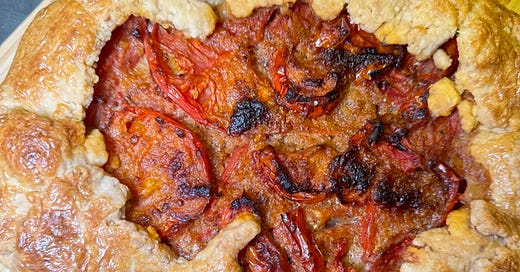


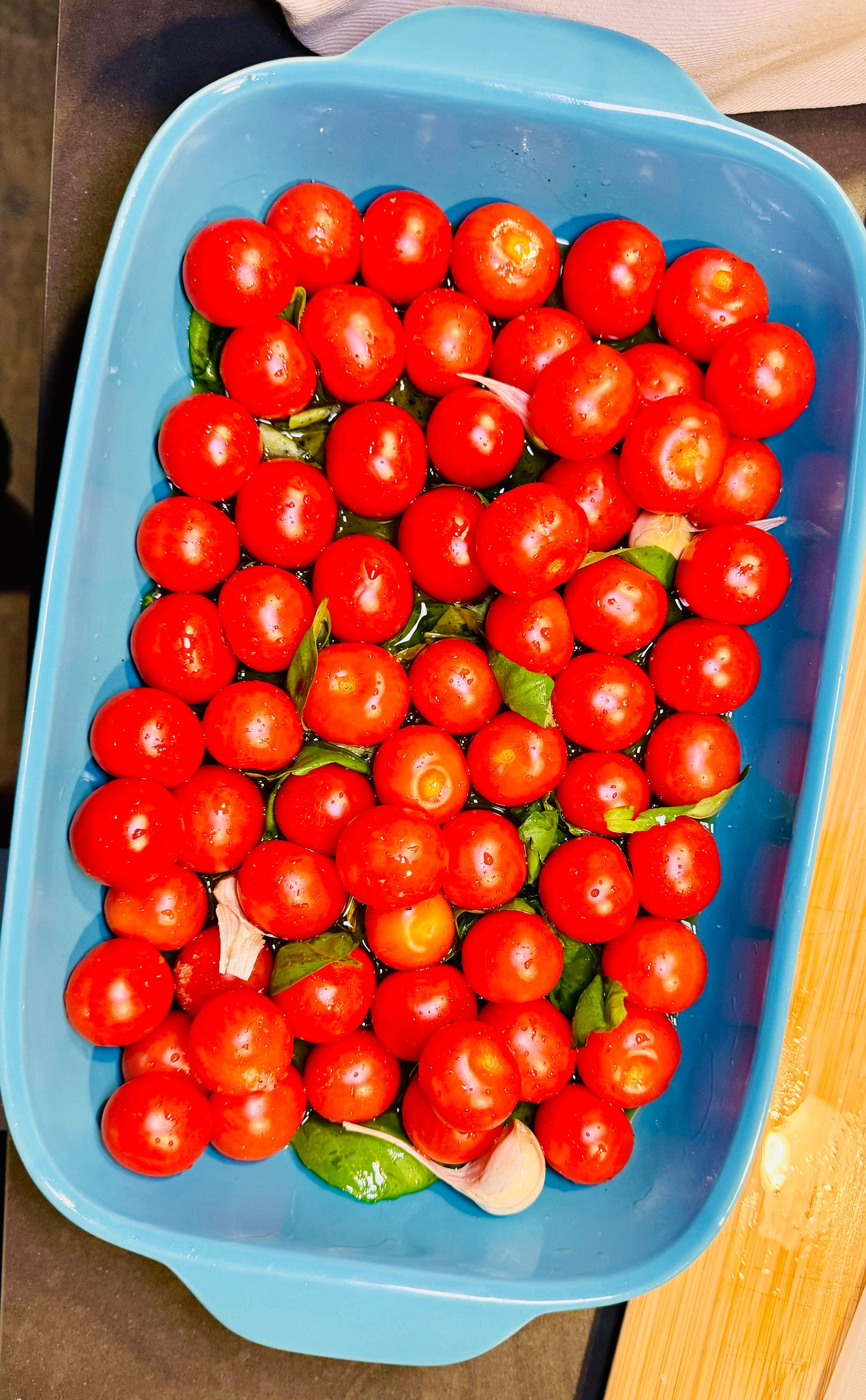

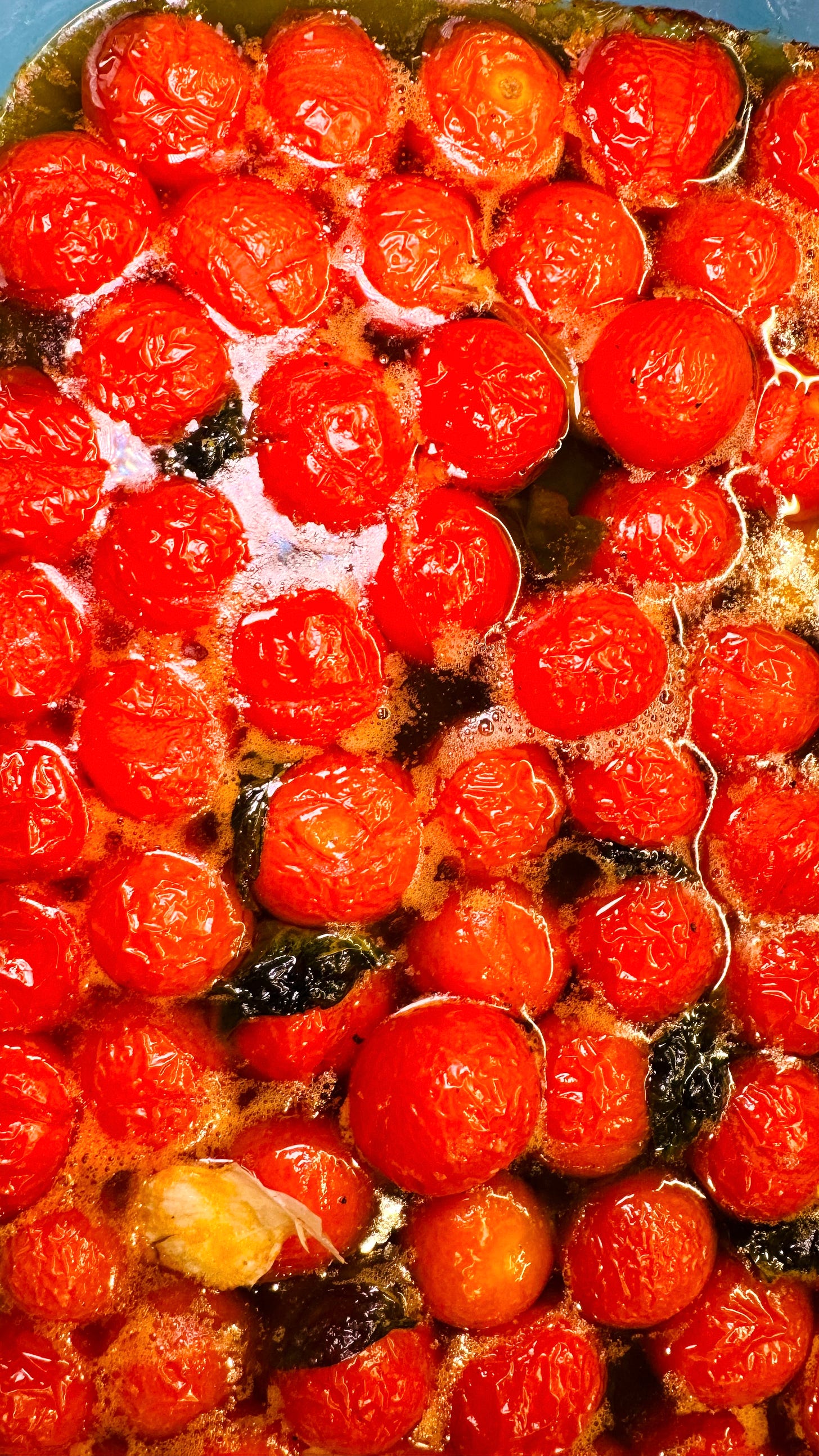
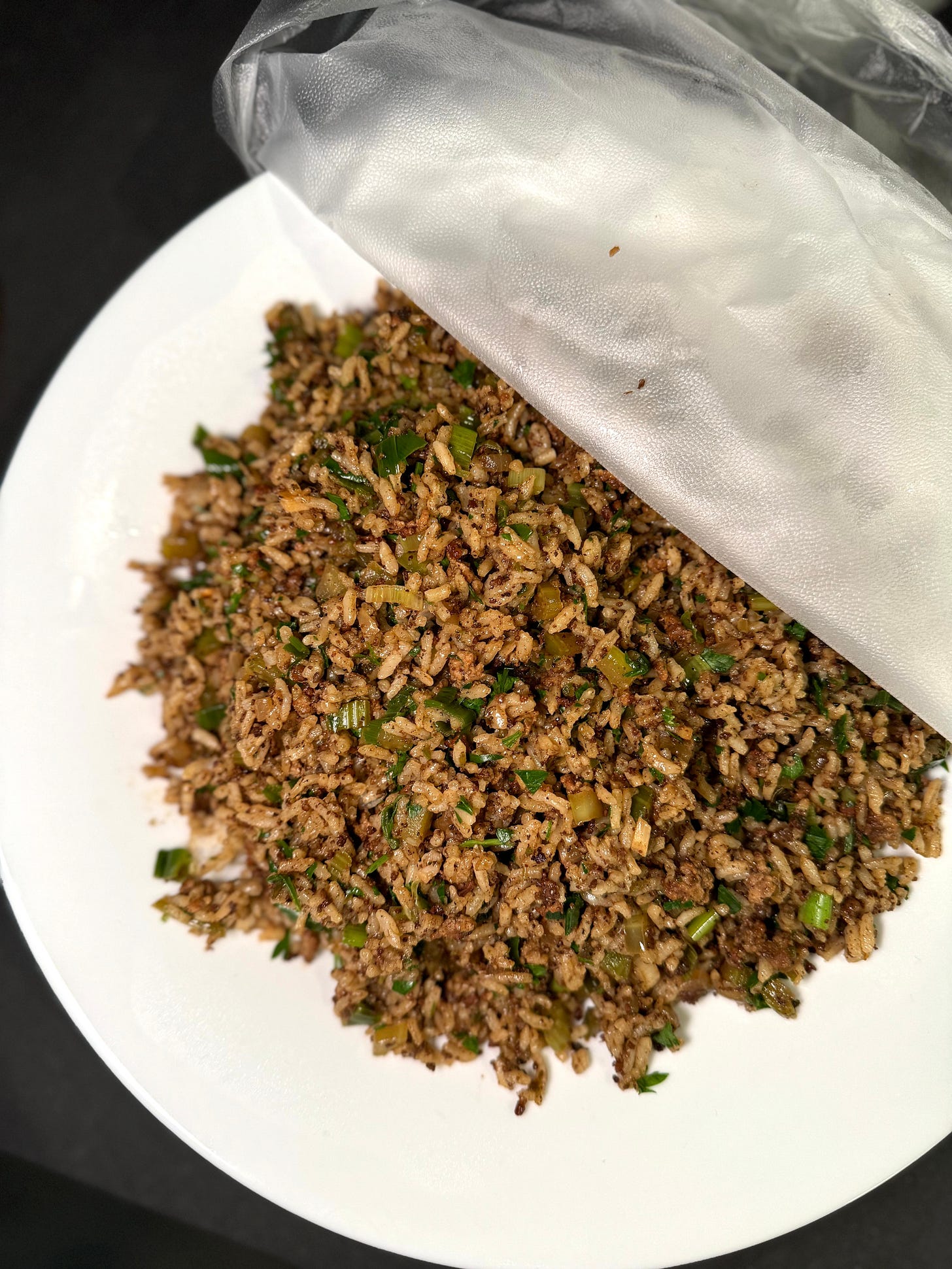
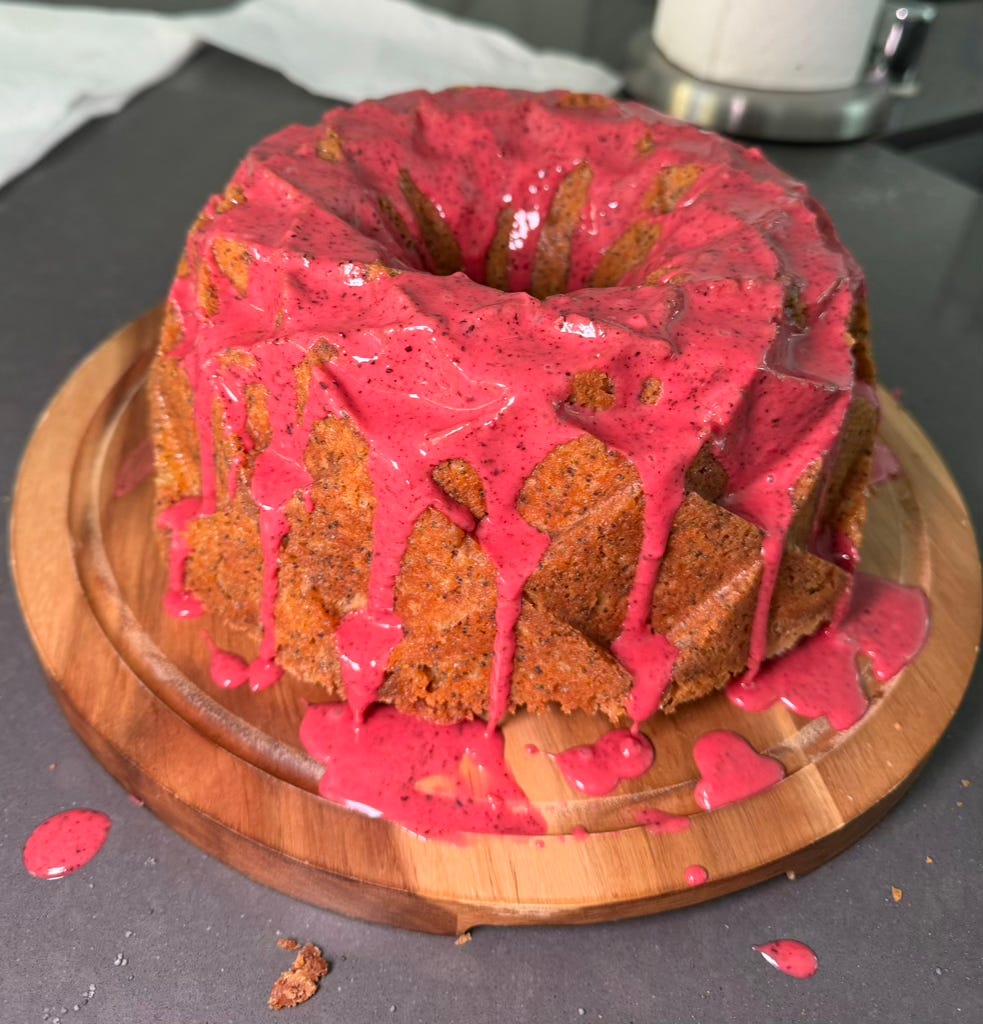
I'm getting a lot of delicious ideas here *well done*
Fall flavors are so craveable and yum-